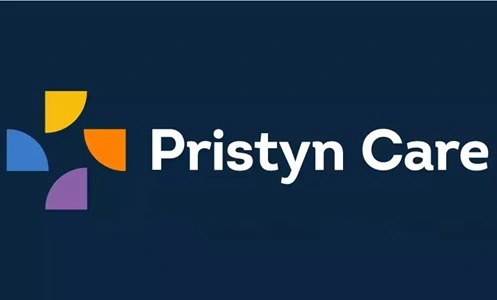Pristyn Care, a healthcare startup founded in 2018, operates a unique business model that leverages partnerships with hospitals and clinics to deliver elective surgeries in India. Its business model is asset-light, meaning it does not invest heavily in hospital infrastructure but rather partners with hospitals to use their facilities for surgeries. Here’s a closer look at how Pristyn Care earns profit:

1. Revenue from Healthcare Services
Pristyn Care generates most of its income from healthcare services, which include elective surgeries like hernia operations, cataracts, cosmetic procedures, and more. This segment alone contributed to 75% of its revenue in FY23, amounting to ₹338 crore. The company handles pre- and post-surgery services, from consultations to home care, adding value for patients and boosting revenue.
2. Asset-Light Model
Unlike traditional hospitals, Pristyn Care operates through a network of clinics and partner hospitals. It owns clinics that focus on consultations but performs most surgeries in partner hospitals, reducing the need for heavy capital expenditure. This asset-light model allows the company to expand rapidly across India, covering over 40 cities and partnering with 300+ hospitals. By renting hospital infrastructure and only paying for the facilities it uses, Pristyn Care reduces operational costs, which contributes to its financial sustainability.
3. Direct Patient Payments
Patients pay Pristyn Care directly for surgeries and related services, which include pre-operative tests, post-operative care, and consultations. This straightforward revenue model caters to both insured patients and those paying out-of-pocket. By offering a range of elective surgeries that are generally more affordable and less complex than primary care surgeries, Pristyn Care taps into a high-demand market.
4. Value-Added Services
In addition to surgeries, Pristyn Care offers value-added services such as telemedicine consultations, home care, and follow-up consultations, all of which provide additional revenue streams. These services are often charged separately, increasing the overall profit per patient while enhancing the patient experience.
5. Telemedicine and Technology Integration
Pristyn Care leverages technology through telemedicine, which allows patients to consult doctors remotely. This not only increases convenience for patients but also serves as an additional income source. Moreover, the use of technology such as data analytics, artificial intelligence, and robotic surgery further boosts operational efficiency, leading to better patient outcomes and more streamlined operations.
6. Advertising and Sales Promotions
A significant portion of Pristyn Care’s expenses, around 25%, is dedicated to advertising and promotional activities. While this is a major cost, it is essential for customer acquisition in the highly competitive healthcare market. The company has successfully used these marketing efforts to grow its revenue, increasing it by 45% in FY23 to ₹453 crore.
7. Partnerships with Insurance Companies
By collaborating with insurance providers, Pristyn Care streamlines the administrative processes for patients, making surgeries more accessible. These partnerships also allow the company to cater to a broader demographic, ensuring that more patients can afford the procedures.
8. Strategic Acquisitions and Future Plans
Pristyn Care has also expanded its market presence through strategic acquisitions, such as its purchase of Lybrate in 2022. Additionally, the company is focused on achieving profitability by FY25 and has plans for an IPO in the future. These long-term goals are supported by continued investment in technology and a growing customer base.
In conclusion, Pristyn Care’s business model combines innovative healthcare delivery with strategic partnerships, asset-light operations, and value-added services. Its focus on elective surgeries, supported by technology and an efficient use of existing infrastructure, positions it as a key player in India’s growing healthcare market. While the company is still working toward profitability, its robust revenue growth and strategic planning make it a strong contender in the healthcare space.